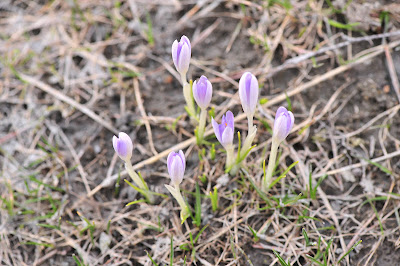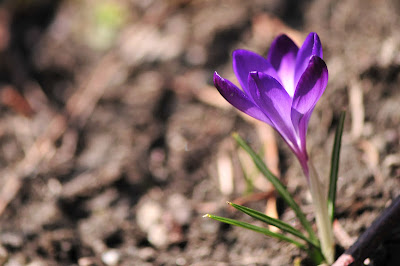Spring is the transition period between winter and summer. It is a time of rebirth, renewal and regrowth. It is also a season which offers many excellent photographic opportunities.
In spring, the axis of the Earth is increasing its tilt toward the Sun and the length of daylight rapidly increases for the relevant hemisphere. The hemisphere begins to warm significantly causing new plant growth to "spring forth," giving the season its name. Snow, if a normal part of winter, begins to melt, and streams swell with runoff. Frosts, if a normal part of winter, become less severe. In climates that have no snow and rare frosts, the air and ground temperature increases more rapidly. Many flowering plants bloom this time of year, in a long succession sometimes beginning even if snow is still on the ground, continuing into early summer. In normally snowless areas "spring" may begin as early as February (Northern Hemisphere) heralded by the blooming of deciduous magnolias, cherries, and quince, or August (Southern Hemisphere) in the same way. Subtropical and tropical areas have climates better described in terms of other seasons, e.g. dry or wet, or monsoonal, or cyclonic. Often the cultures have locally defined names for seasons which have little equivalence to the terms originating in Europe. Many temperate areas have a dry spring, and wet autumn (fall), which brings about flowering in this season more consistent with the need for water as well as warmth.
Crocus
The cup-shaped, solitary, salverform flowers taper off into a narrow tube. Their color varies enormously, although lilac, mauve, yellow and white are predominant.












No comments:
Post a Comment